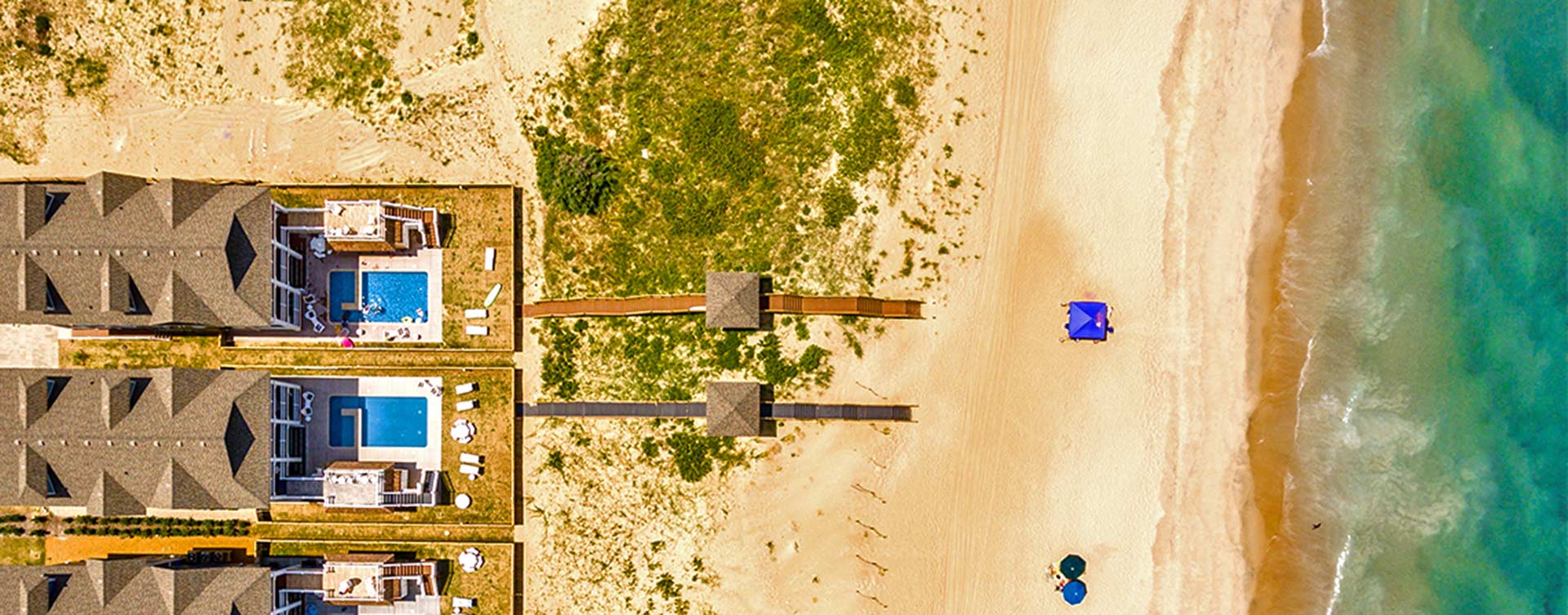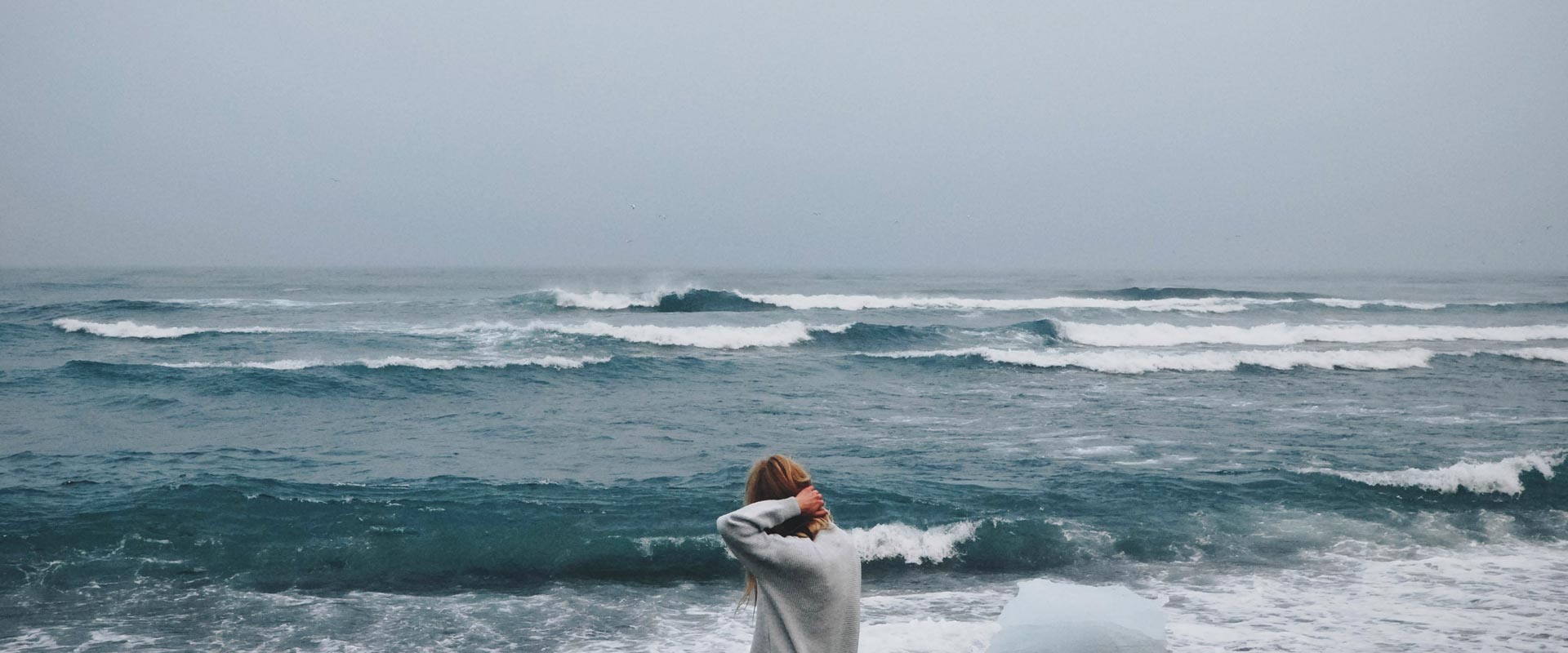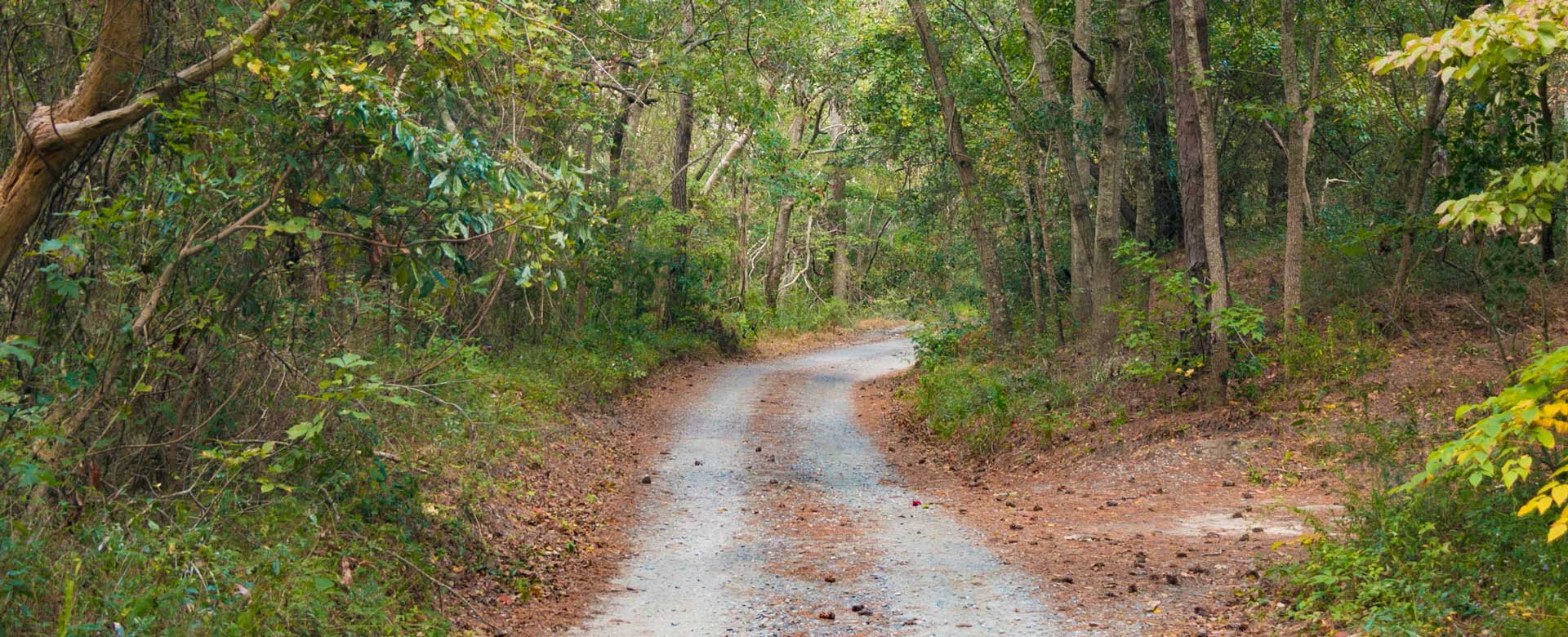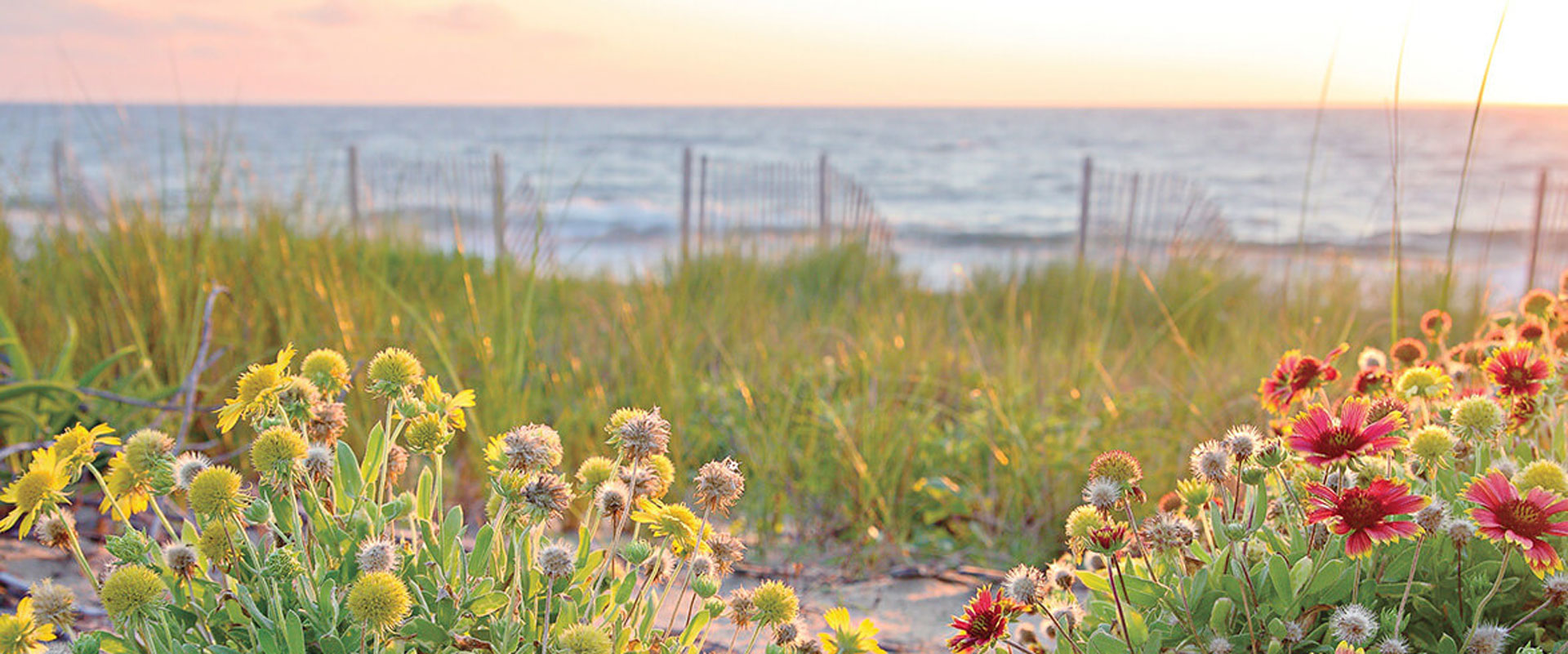February is a month of history. A month filled with education and celebration of African American history as well as recognizing leaders of our nation.
Events that took place on the Outer Banks during the Civil War, would become an integral part of American history. Events here on the OBX, very directly affected the status of slaves and a decision in 1863 by President Lincoln.
The first military success of the war for Union forces came in August of 1861 when they captured Hatteras Inlet from Confederate forces. Hampered by swarms of mosquitos and biting flies, a transportation network consisting of sandy intractable paths and miserable weather, union forces were slow to take advantage of their position.
It was not until February of 1862 that General Ambrose Burnside defeated southern forces holding Roanoke Island, the location of Manteo–taking 2500 prisoners in the process.
The battle of Roanoke Island wasn’t much of a battle. Confederate soldiers, ill-equipped and poorly led, didn’t stand a chance against the overwhelming force that Burnside brought to bear.
Neither the siege of Hatteras Inlet nor the battle for Roanoke Island, NC were major battles. Casualties were relatively light on both sides and the fighting ended fairly quickly.
It is difficult to gage the military impact of Burnside’s campaign. The North was never able to take advantage of the foothold he had gained in northeastern North Carolina, but the Confederacy was forced to keep troops in the area to hold the Union army in check.
The human implications, though, were immeasurable.
In 1862, the moral and legal question of slavery was secondary to the political conflict of the power of individual states versus the federal government. The Union did not have a policy concerning the freed slaves.
In the absences of federal guidelines, Burnside, as well as a number of other Union Generals, issued orders that slaves in areas of rebellion would be considered contraband of war and granted freedom.
The effect was immediate–an influx of slaves from northeastern North Carolina and southeastern Virginia sought refuge on Roanoke Island. Freedman’s Colony on the north end of the island, a social experiment in integrating the freed slaves into society, was soon established. At its height, the colony had 3500 residents.
There were a number of reasons for Lincoln issuing the Emancipation Proclamation in June of 1863. Although a moral outrage may have been an underlying reason, the timing was political and practical. One of the practical considerations was the growing number of slaves who had been freed by Burnside and his fellow officers—freed people whose status was unclear under the then existing laws.
The Freedman’s Colony failed soon after the Civil War, yet its legacy is a part of the history of this country. For more information on the Freedman’s Colony go tohttp://roanokefreedmenscolony.com/.











